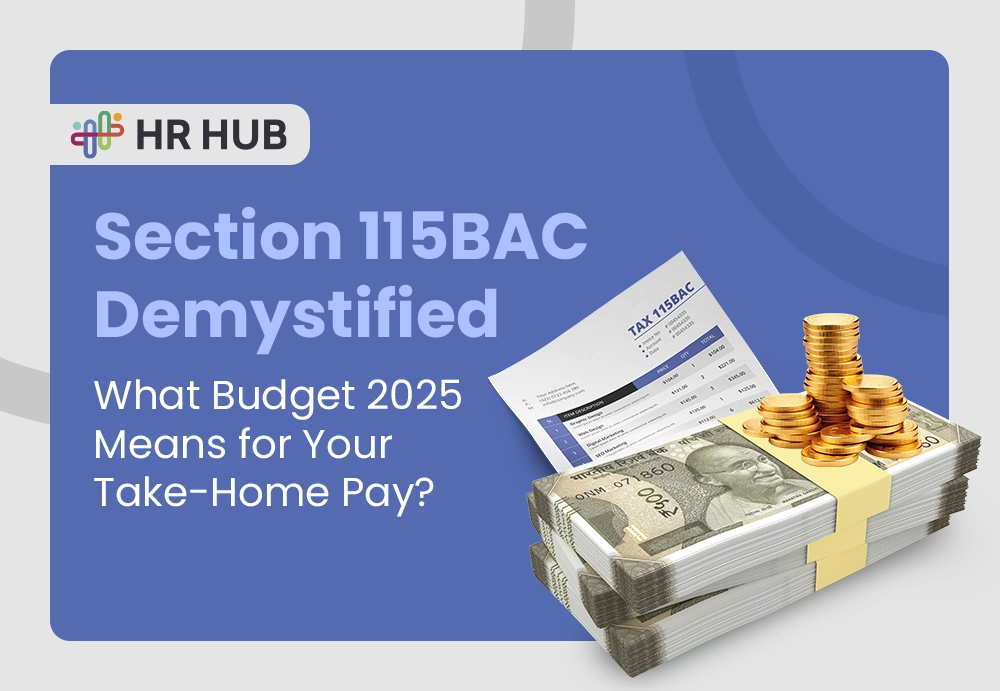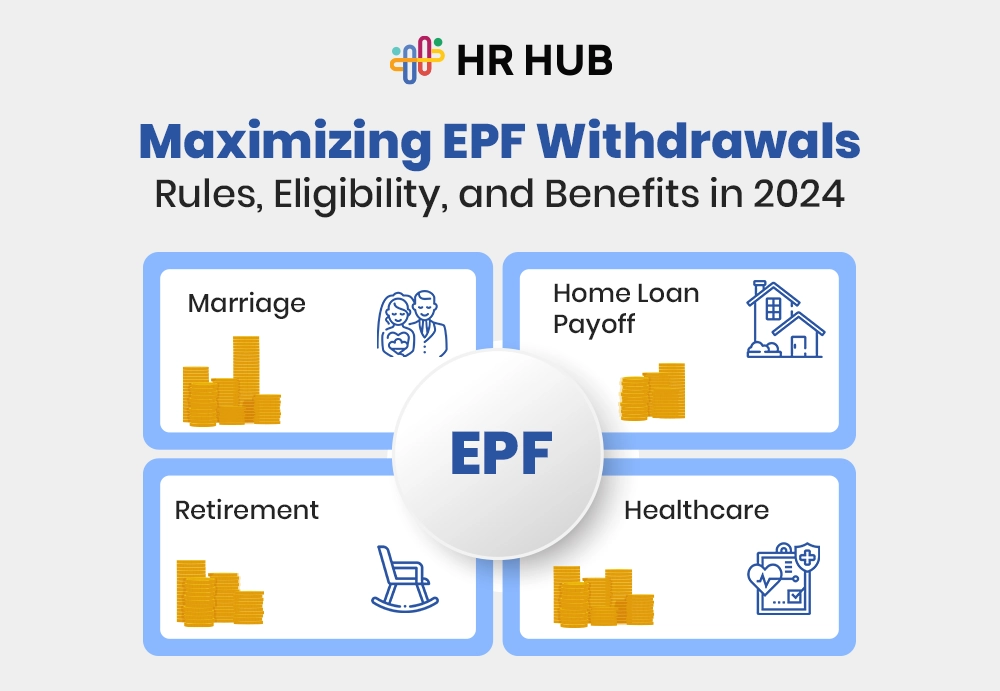In today's fiercely competitive job market, the agility of your recruitment process can significantly determine your organizational success. With top talent often off the market within 10 days, efficiently navigating the hiring process enhances your operational readiness and is a key differentiator in employer branding.
A streamlined time-to-hire is crucial, as it not only ensures that your organization remains nimble and adaptive but also enhances the candidate experience, which positively impacts your company's image.
This blog explores advanced strategies for refining and accelerating recruitment procedures, reducing the time to hire without compromising the quality of your candidates. We will delve into practical measures that HR professionals can implement to optimize each step of the recruitment journey, from the initial job posting to the final offer acceptance.
Understanding Time-to-Hire
Time-to-hire refers to the period between the date the applicant applied for the post and accepted the offer. This metric should be important to HR teams to enhance the effectiveness of their hiring processes.
Longer hiring times have more opportunities to affect lost productivity and may even cost the company its best candidates, as their applications get swept up by other employers.
Exploring Key Strategies To Streamline Recruitment Process
Let's explore the key strategies that will help you streamline the recruitment process for your organization.
Strategy 1: Refine Your Job Descriptions
Writing complete but clear and concise job descriptions will ensure that the ideal candidates are targeted right from the beginning. Well-written job responsibilities and expectations minimize applications by underqualified candidates and optimize the efficacy of screening applications.
- Clarity and Specificity: Each job description should mention certain responsibilities and what is expected from the performance of those responsibilities. Instead of being "responsible for managing a team," use "manage a team of 10 marketing professionals to achieve quarterly growth targets."
- Skill Requirements: Only indicate necessary skills; distinguish between required and merely desirable. Because then, the good candidates who don't apply because they may feel they don't satisfy some of the listed requirements are missed out.
- Diversity Language and Tone: Your job posting should include language that will appeal to a diverse pool of candidates. The tone should also indicate your company culture, as that may be a factor in whether the candidate fits or aligns with the values guiding your organization.
Strategy 2: Leverage Technology
Adopt technology that can help automate and streamline recruitment tasks wherever possible. Consider ATS, recruitment management software, and mobile optimization to reduce administrative burdens and speed up recruitment.
- Automated Screening: Utilize ATS systems to pre-screen resumes based on required key skills and experiences, which reduces manual sorting workloads.
- Video Interviewing: Video screening can be done as an initial process. This saves time for candidates on traveling issues and hastens the early parts of the selection process.
- Mobile Recruitment: Nowadays, the whole recruitment process should be fully mobile-friendly, as most job candidates apply for vacancies using their mobile gadgets.
Strategy 3: Optimize the Interview Process
Simplify and standardize the interview procedure to save time while maintaining quality. Structuring interviews, training interviewers, and consolidating interview rounds can greatly decrease the duration between initial contact and job offers.
- Behavioral and Situational Questions: Prepare a set of behavioral questions that target core competencies and situational questions that test decision-making and problem-solving skills.
- Interviewer Training: A very effective approach to this could be to provide your interviewers with training on interviewing techniques so they can confidently assess candidates quickly.
- Sequential Interviews: It can be scheduled one after another on the same day to speed up the process and ensure that candidates meet all relevant decision-makers without needing multiple visits.
Strategy 4: Improve Candidate Communication
Clear and timely communication will keep candidates informed and interested in every step of the recruitment process. Automatic updates, feedback mechanisms, and timelines ensure a manifold improvement in the candidate experience and prevent talent from falling off the pipeline.
- Regular Updates: Regularly update candidates on the status of their candidature. This is easily automated through an ATS or recruitment and onboarding software.
- Feedback Loops: Even negative feedback after interviews provides a respectful building block that will have that candidate either apply again or improve for other stages.
- Clearly Defined Timeline: Communicating timelines for each stage of recruitment enables the management of candidates' expectations and the maintenance of interest in an organization.
Strategy 5: Foster Collaborative Hiring
Key team members' involvement in hiring ensures the best decisions regarding speed and quality. Team players use collaboration software and tools to unify strategies, ensuring wider coverage and more quickly reaching conclusions on candidate fit.
- Real-time Collaboration: Employ collaboration tools that will enable hiring teams to share feedback instantly and lead to quicker decisions.
- Democratic Decision-Making: Encourage democratic decision-making during hiring. This means quickly considering different team members' perspectives to reach a consensus, speeding up the hiring decision.
Strategy 6: Strengthen Your Employer Brand
A strong employer brand attracts more quality candidates much faster. Leveraging social media, stronger employee advocacy, and organizational culture will help speed up the hiring process.
- Brand Storytelling: Leverage your company's social media, blogs, and website to tell enchanting stories of your culture, projects, and the impact your employees make.
- Engagement Programs: Develop programs that involve current employees in recruitment fairs, webinars, and other recruitment solutions to demonstrate your organization's culture and values.
Strategy 7: Use Data-Driven Decision Making
Use analytics to improve the recruitment process and point out inefficiencies. Performance metrics checks and establishing feedback loops will help tune the hiring process to respond most to organizational needs, including the candidates themselves.
- Hiring Metrics: Examine source efficiency, interview-to-offer ratio, and time-to-fill regularly to identify opportunities for improvement.
- Predictive Analytics: It applies predictive analytics in identification to offer growth and turnover rates, thereby helping to forecast the requirements of hiring needs well in advance by preparing recruitment drives.
"Efficiency is doing things right; effectiveness is doing the right things." - Peter Drucker
Accelerate Your Recruitment Process With HR HUB
Time-to-hire reduction is about balancing between retaining rigor within your recruitment processes and speeding up decision-making. This strategic enhancement goes beyond operational efficiency and will further affect how well your company can attract and retain high-caliber talent, which is essential for its long-term success.
Implementing such strategies has the potential to ease the recruitment process, thereby improving the overall candidate experience. These dual benefits create a positive brand perception crucial in today's competitive labor markets.
While businesses continue to evolve in light of changing dynamics within markets, the ability to swiftly and efficaciously recruit new talent and bring it on board will become one of the most central aspects of organizational strategy. By embracing these customized tactics, your organization can remain an attractive, responsive, and dynamic workplace for the future leaders of your industry.






